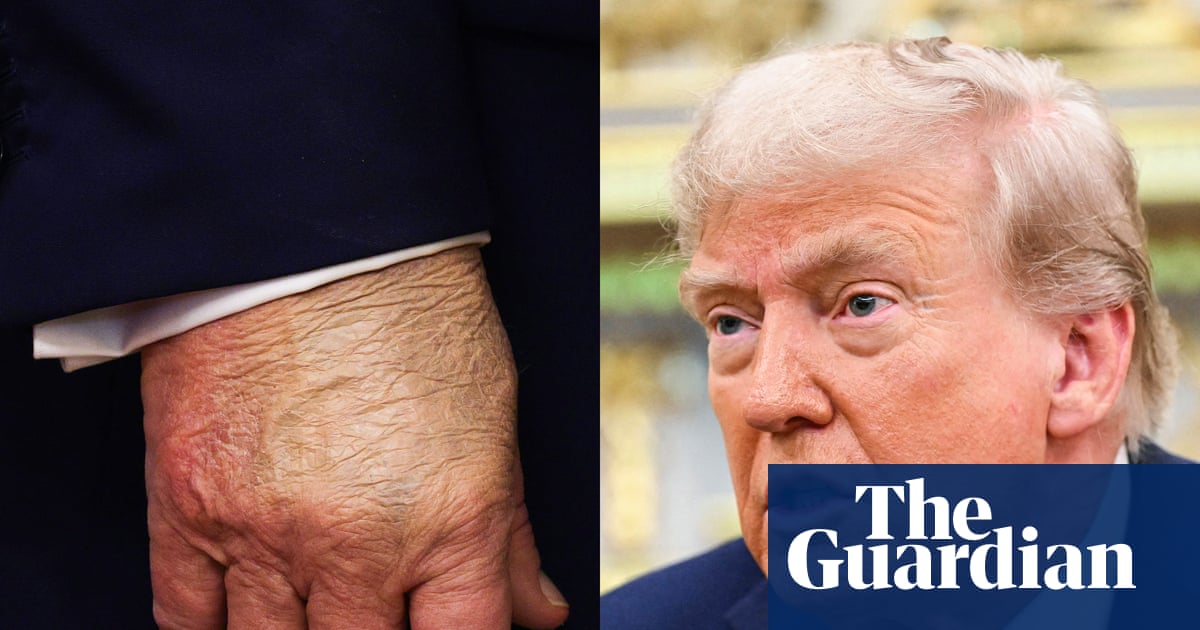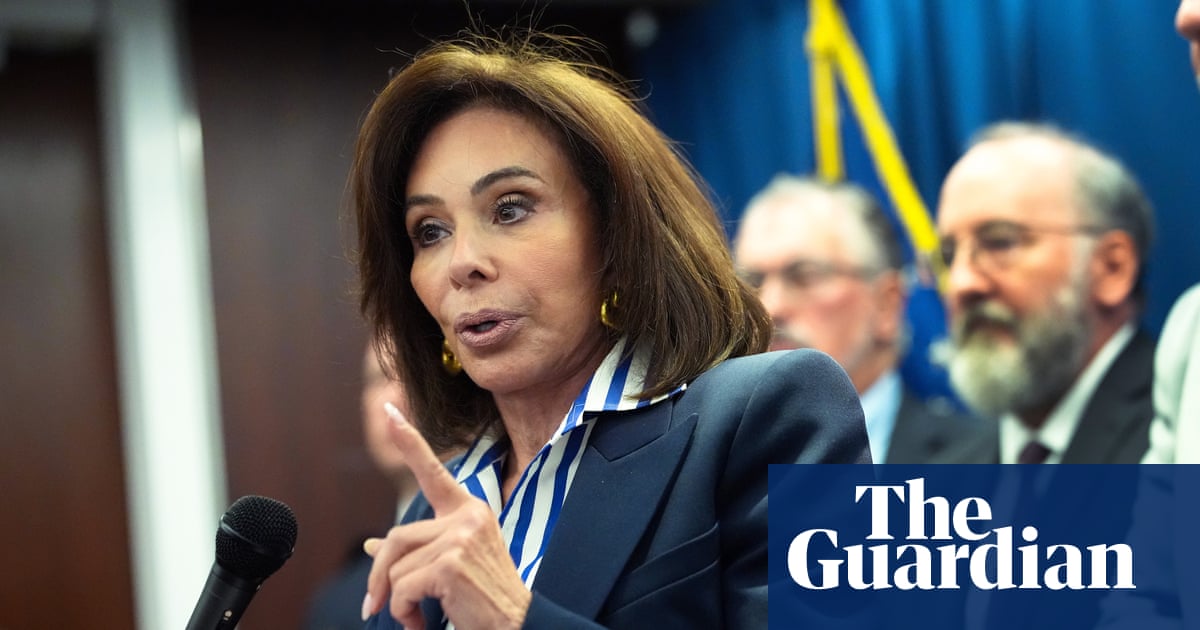The Trump administration is aiming to replace a top-ranking official at the International Energy Agency, amid a ratcheted-up U.S. pressure campaign on the Paris-based body, multiple energy industry insiders and former U.S. officials with knowledge of the situation told POLITICO’s E&E News.
The agency’s second-in-command, a retired State Department official named Mary Warlick, is the main target for replacement, said the insiders, who were granted anonymity to speak freely.
The pressure follows months of public frustrations with the IEA from top Trump administration officials, most notably Energy Secretary Chris Wright, who has vowed to make changes at the body or withdraw U.S. support. Some Republicans say the IEA has discouraged investment in fossil fuels by publishing analyses that show near-term peaks in global demand for oil and gas.
“The product that the IEA produces is not generally accepted by everybody. It’s just not,” said Mark Menezes, who served as deputy Energy secretary during Trump's first term. “And the political context has changed.”
The Trump administration is aiming to push changes internally, according to a Republican energy lobbyist with close ties to the Department of Energy.
“They want to get operatives in there, whether they’re career or political, who can actually move the needle,” said the lobbyist. “They’re going to get someone they trust and that person is going to fight from the inside out.”
He added of the U.S. pressure campaign on the IEA, “The fact that Wright is out there now talking about it publicly shows that it’s elevated.”
The White House, meanwhile, is championing fossil fuels as more reliable and often cheaper than wind, solar, and other clean energy sources, despite analysis that suggests renewable power is cheaper and faster to deploy. Now, House lawmakers are threatening to withdraw U.S. funding for the IEA in the fiscal 2026 budget process — after passing a recissions package that cuts funding for United Nations agencies and other international organizations.
Wright has criticized the IEA for its projection that oil demand will peak this decade, calling it “nonsensical” in a Breitbart interview in June. Republicans also bristled at the Biden administration’s use of IEA analysis in 2024 to justify a U.S. decision to pause consideration of new liquefied natural gas export permits.
In testimony at a Senate hearing last year, David Turk, deputy energy secretary under Biden, cited IEA findings that showed global gas demand on the decline.
Sen. John Barrasso (R-Wyo.) and then-Rep. Cathy McMorris Rodgers (R-Wash.), now retired from Congress, wrote a letter to IEA Executive Director Fatih Birol last March saying the IEA has strayed from its mission and become a “cheerleader” for the energy transition. Birol, for his part, has defended the organization’s commitment to energy security while acknowledging that its mission has broadened.
Meanwhile, Trump ordered the State Department in February to do a six-month review of U.S. participation in international organizations and treaties and recommend leaving those that don’t serve his priorities.
Career U.S. diplomat under fire
IEA officials are pledging to resurrect a “Current Policy Scenario” in the IEA’s World Energy Outlook later this year. In 2020, the IEA abandoned that analysis, which analyzed the global energy picture based on existing national energy policies.
U.S. officials have criticized the IEA for replacing the current policy analysis with a “Stated Policies Scenario,” which multiple Republicans and fossil fuel supporters say is based on policies that aren’t being implemented. The critics say it paints a rosier picture of global trends toward lower-carbon energy sources.
“As ever, the forthcoming World Energy Outlook 2025 will contain multiple scenarios reflecting the wide spectrum of possible outcomes that today's market conditions and policies imply,” an IEA spokesperson told E&E News. “This year’s edition will include the Current Policies Scenario, which will illustrate the implications of a continuation of policies and measures currently in place.”
Leaving the IEA would deprive the United States of any influence or input at the organization and could leave it isolated.
The U.S. helped establish the organization following the 1973 Arab oil embargo to focus on energy security. Today, it publishes influential energy market forecasts and data that guide major investments and government policies.
The U.S. is just one of 32 members of the IEA. That means it can’t unilaterally set the organization’s agenda. But it does have a large amount of influence and has historically been able to work with other member governments to advance the agency, said Jonathan Elkind, former assistant secretary for international affairs at DOE during the Obama administration.
“There are going to be certain elements of policy that the current U.S. administration really disagrees with other member countries on, and the U.S. administration is entirely within its rights to advocate for adjustments in the agenda of the IEA,” Elkind said. “The U.S. does not have the right to simply insist that everybody will change as a consequence of what the U.S. has done.”
The White House did not respond for comment, and a DOE spokesperson did not respond directly to questions posed by E&E.
The IEA’s second-ranking position has traditionally been filled by an American.
In 2021 that post went to Warlick, a former career diplomat who served as ambassador to Serbia from 2010 to 2012 and previously sat on the National Security Council as the senior director for Russia. From 2014 to 2017, Warlick was the State Department’s principal deputy assistant secretary at the Bureau of Energy Resources and represented the U.S. on the IEA governing board.
Officials in DOE’s Office of International Affairs, which is led by acting Assistant Secretary Tommy Joyce, tried to strong-arm the State Department into signing off on pushing Warlick out back in March, according to a former State Department official.
At the time, State provided a backstop to Warlick’s ouster but since then a broad reorganization of the department has eliminated the Bureau of Energy Resources and most of the officials there who worked closely with the IEA.
That could mean DOE would face little resistance if it tries again.
In recent IEA meetings, U.S. officials have pushed for the organization to stop publishing data that they argue promotes the shift to clean power over fossil fuels.
A former U.S. official who worked closely with the IEA called Warlick a “hardworking, serious, diligent and capable professional” who does her work in a way that is consistent with guidance from the executive director and with guidance from the member countries.
Just how the U.S. would force a replacement isn’t entirely clear. Warlick is on a limited contract and while the U.S. is an important member, providing around 14 percent of the organization’s budget in recent years, it isn’t the only one.
Warlick rarely speaks publicly. At an Atlantic Council event in 2022, she said that the clean energy investment caused “geopolitical fragmentation” in the wake of the coronavirus pandemic and Russia’s full-scale invasion of Ukraine.
“Such investment is still well below the level needed to bring emissions down if we are to keep net-zero and sustainable development goals in sight,” Warlick said. “Massive investment in clean energy is the best guarantee of energy security in the future, and it will also drive down harmful greenhouse gas emissions.”
This story also appears in Energywire.

 German (DE)
German (DE)  English (US)
English (US)  Spanish (ES)
Spanish (ES)  French (FR)
French (FR)  Hindi (IN)
Hindi (IN)  Italian (IT)
Italian (IT)  Russian (RU)
Russian (RU) 























Comments